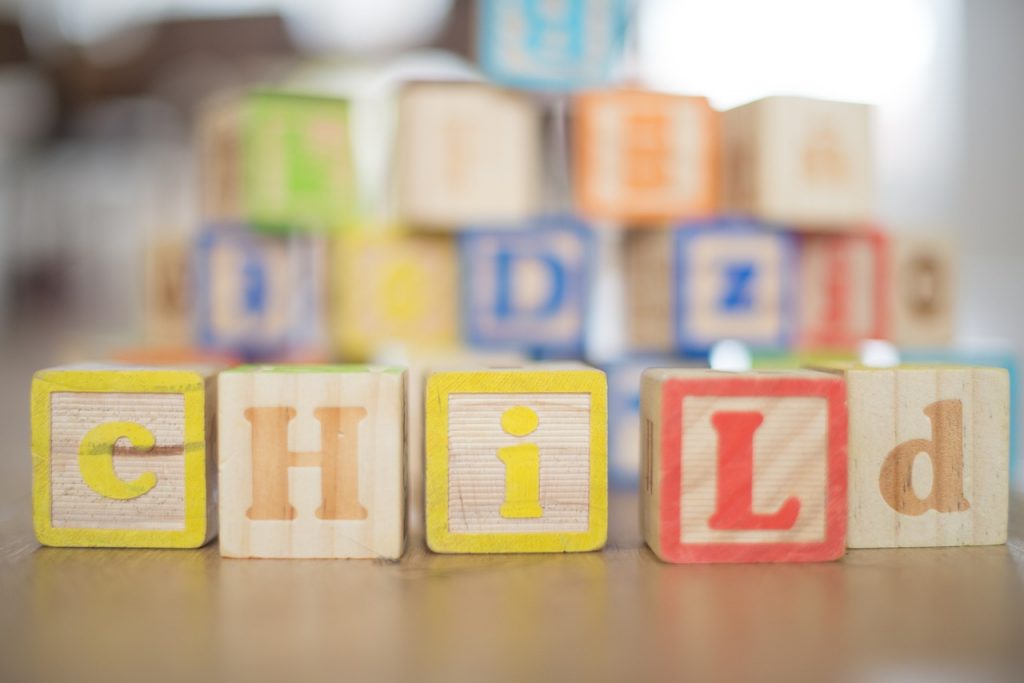Understanding Developmental Milestones: What to Expect in Early Childhood

Introduction
The early years of childhood are a period of rapid growth and development, marked by significant milestones that lay the foundation for future learning and success. Understanding these developmental milestones is essential for parents and caregivers to support their child’s growth and provide the necessary guidance and resources. In this blog post, we’ll explore the typical developmental milestones in early childhood and offer insights into what parents can expect as their child grows and develops.
Birth to 12 Months
During the first year of life, infants undergo remarkable physical, cognitive, and social-emotional development. Key milestones during this period include:
- Motor Skills: From lifting their head and rolling over to sitting, crawling, and eventually walking, infants gradually develop their motor skills and coordination.
- Language Development: Infants begin to coo, babble, and eventually say their first words. They also start to understand simple commands and gestures.
- Social-Emotional Development: Infants form attachments to caregivers, engage in social interactions such as smiling and responding to faces, and demonstrate emotions such as joy, sadness, and frustration.
12 to 36 Months
Toddlers continue to make significant strides in their development as they become more independent and curious about the world around them. Key milestones during this period include:
- Gross Motor Skills: Toddlers refine their motor skills, learn to walk independently, climb stairs, run, jump, and explore their surroundings with confidence.
- Language Development: Toddlers rapidly expand their vocabulary, begin to form two- to three-word sentences, and engage in simple conversations with others.
- Social-Emotional Development: Toddlers start to assert their independence, develop empathy and understanding of others’ emotions, and engage in parallel play with peers.
3 to 5 Years
Preschool-age children continue to build on their skills and abilities, preparing for the transition to formal schooling. Key milestones during this period include:
- Fine Motor Skills: Children refine their fine motor skills, such as drawing, cutting, and writing their name. They also begin to show interest in more complex activities such as puzzles and building with blocks.
- Language Development: Children expand their vocabulary, use more complex sentences, and demonstrate a greater understanding of grammar and syntax.
- Social-Emotional Development: Children develop friendships, learn to cooperate and share with others, and show increasing independence in self-care tasks.
Tips for Parents:
- Stay informed about typical developmental milestones and consult with your child’s pediatrician if you have any concerns.
- Create a nurturing and stimulating environment that supports your child’s growth and development.
- Encourage and praise your child’s efforts and accomplishments, no matter how small.
- Provide opportunities for exploration, play, and social interaction with peers.
- Be patient and supportive as your child navigates each stage of development at their own pace.
Conclusion
Understanding developmental milestones is essential for parents and caregivers to support their child’s growth and provide the necessary guidance and resources. By recognizing the typical milestones and offering support and encouragement, parents can help their child reach their full potential and thrive in all areas of development. Let us celebrate each milestone as a testament to our child’s progress and journey towards becoming confident, capable, and resilient individuals.